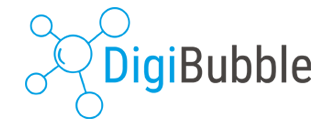Marketing has evolved to leverage the internet and various online-based technologies to promote products and…
How to improve your website’s bounce rate

Having a high bounce rate can be a sight for sore eyes, it’s like someone steps into your shop has a quick glance and then leaves. As the years have gone by, people expectations of the quality of websites have increased – they no longer are willing to wait or navigate a confusing website. Here are some ways you can improve your website’s bounce rate.
Create more landing pages
If you have a look at your website bounce rate by page, you’ll see that your homepage is normally at the top of that list. This could due to many factors, however a potential solution for this can be to create multiple landing pages. Basing different landing pages on different high-value keywords can help ensure that the right audience visits the right page of your website. This will reduce the possibility of someone landing on your page only to not find what they are looking for.
Target high-quality keywords
Speaking of high-quality keywords, another way to improve your website’s bounce rate is to them. You can create a content marketing campaign that specifically targets high-traffic, long-tail and most relevant keywords for your business. Additionally, understanding the intent behind the keywords you’re targeting can play a major factor in how to utilise them.
Improve the load time of your pages
Possibly one of the most important factors affecting your bounce rate. Users nowadays expect pages to load within 2 seconds or less. What happens after 2 seconds? Users are much more likely to not bother waiting, they’ll back out and visit another website. As a result, your bounce rate increases without even giving you a fighting chance. There are many ways to improve your websites’ performance, see if there are any that you can implement straight away and speed up your website.
Have an engaging Call to Action (CTA)
Having something for users to do once they land on your is a sure-fire way to improve your bounce rate as well as your conversion rate. You’ll need to make your call to action visible and make sure it appears often so users on your pages are always aware of how and where to click if they’re interested.
See our other blog for more website tips.
Connect with us on LinkedIn.



